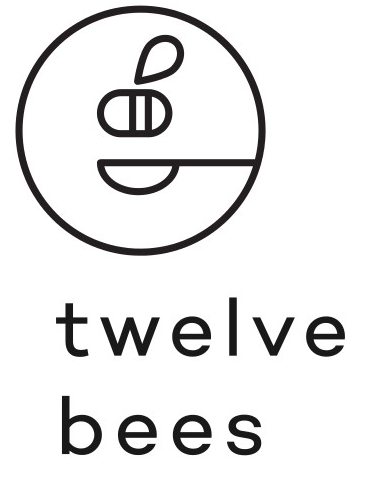

The production of three different types of honey, and indeed the specific ones, is a conscious decision taken after a lot of thought. The main motivation was the choice of a variety with particularly high nutritional value. The honey of heath, thyme or chestnut is considered to be the most beneficial honey for the human body, and despite the fact that their production causes a lot of difficulties for the beekeeper, they are worth the trouble too.
The variety “12 bees thyme honey” comes from wild thyme in combination with oregano grown in the region of Stefani, Corinthia. Its colour is that of the amber and its taste rich and sweet. The thyme honey may be the most aromatic. Its nutritional value lies in the fact that it is rich in ferrum, potassium, phosphorus and magnesium and has significant antioxidant and antiseptic action.
The variety “12 bees heath honey” is produced at the site Dervenakia near Argos from a nectar of autumn heath, which is considered more nutritious than the summer, combined with nectar of wildflowers. The colour is dark reddish and its perfume intense. It is rich in pollen, antioxidants, proteins and minerals, which enhance the body's immunse system.
The gathering of “chestnut honey 12 bees” takes place in Vlachokerasia, Arcadia. The selection of this area is not accidental. In Arcadia, excellent conditions exist for the growth of chestnut trees, whereas, according to the results of a thorough research on the properties of Greek plants, Arcadian chestnut trees have proven to be among the most antioxidant plants. Therefore, honey of chestnut has a particularly high nutritional value and antimicrobial and healing properties. You will distinguish it for its strong aroma and its intense and slightly bitter taste.